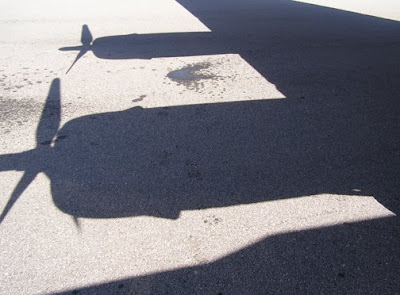Been keeping my head down and getting on with it this semester. Teaching takes up quite a chunk of time one way and another but I did manage to go to Boston for the
Transcultural Exchange Conference about artist residencies. Very interesting, met people, heard a lot of stories from both applicants and organizers, got a good insight into choosing a residency that fits and how to go about funding it. Now all I have to do is complete some of those things... and when do I get into the studio? Summer time, I hope.
Just juried a student show at a local college, the Blue Ridge Community College. Images
here. (Scroll down or search for BRCC). I have to say I was impressed with their art department, a very exciting student art program. As the college is 35 minutes outside Asheville, which is not really at the cutting edge of contemporary art, I wasn't expecting the informed faculty and contemporary ideas that I found there. So that was a nice surprise. Jurying a show however, is a difficult - if not impossible - task to complete entirely rationally. There were entries from all levels of students, a range of disciplines and materials. How to even begin to apply some kind of criteria to that?
There were people's first charcoal studies of a skeleton next to pinhole camera images, alongside ceramics, with conceptual sculpture, beside installation, video, iron pours... painting, digital imaging class projects, sound pieces and a light projection onto a bed. I had to go and sit quietly for a while to mull over the fact that I needed to choose the "winners". In the end, I went for resolution and eloquence over potential. I don't think my choices were expected, and I wish I'd been able to give more prizes for different things but I am fairly solidly behind what I chose. A short speech before the awards were given out helped to clarify things I hope. A lottery, yes, but only in that each juror will determine a different set of "standards". After that it is rational up to a point, except that there are about 10 other artworks that don't get mentioned even though they were hot contenders within your apparently narrowed selection!
It was really instructive to be jurying a show, in regard to sending your own work off in situations where it will be juried. Though I don't apply to juried shows, all selection processes fall under this umbrella, so it was quite fascinating. A new view of how your work may be seen.
Ok, I've got tasks today, getting gift certificates for another student show at the college I teach at, and driving to Boone, NC for the "inmate art show" benefit tonight. I have spent over 8 hours matting all the student work ... for free. Materials refunded, I hope, but the rest is...what? Sent out into the universe generously, as service, with the idea that one never knows where it will lead. Its just not a business plan the bank will consider, unfortunately!
 A shadow is a drawing created by mechanical means... not involving traditional artistic skills nor photographic mediation.
A shadow is a drawing created by mechanical means... not involving traditional artistic skills nor photographic mediation.














